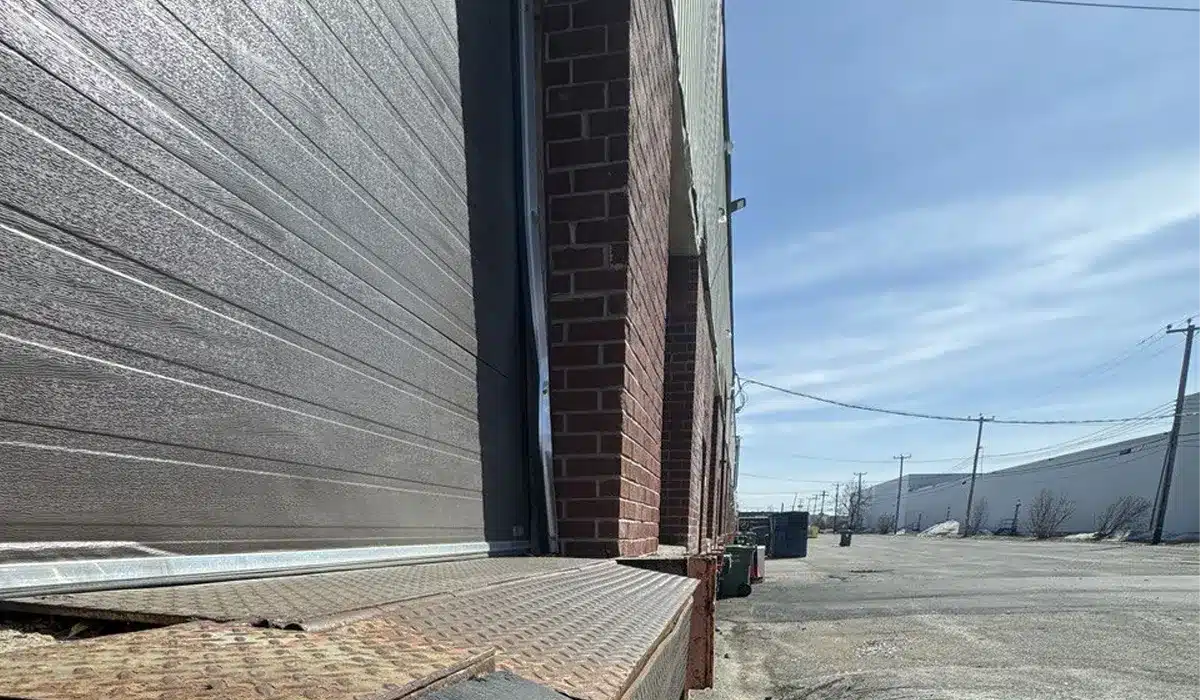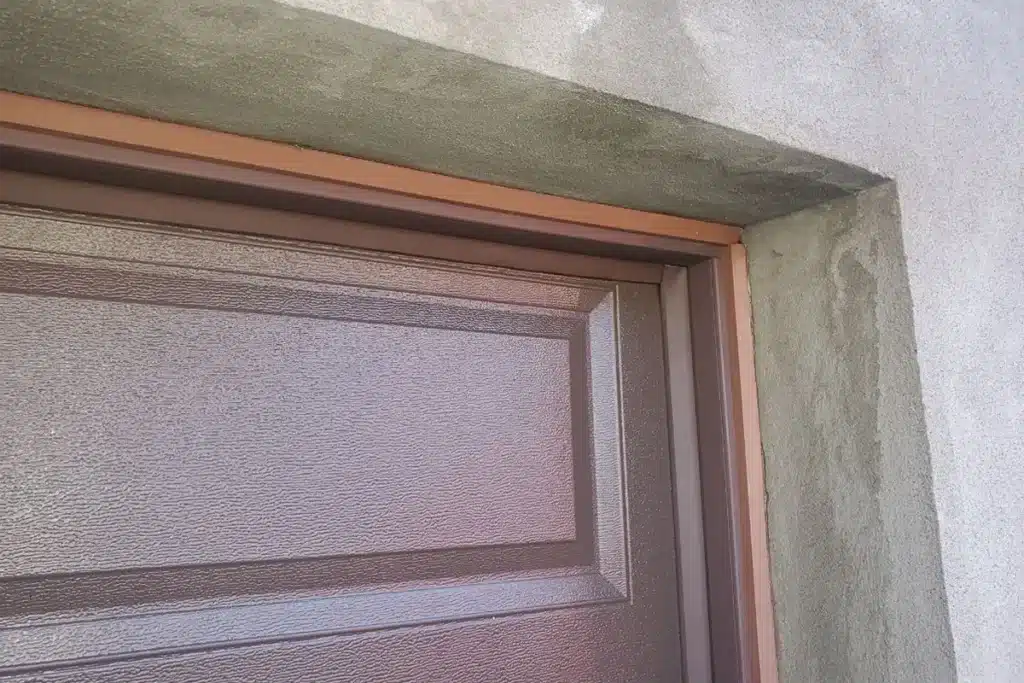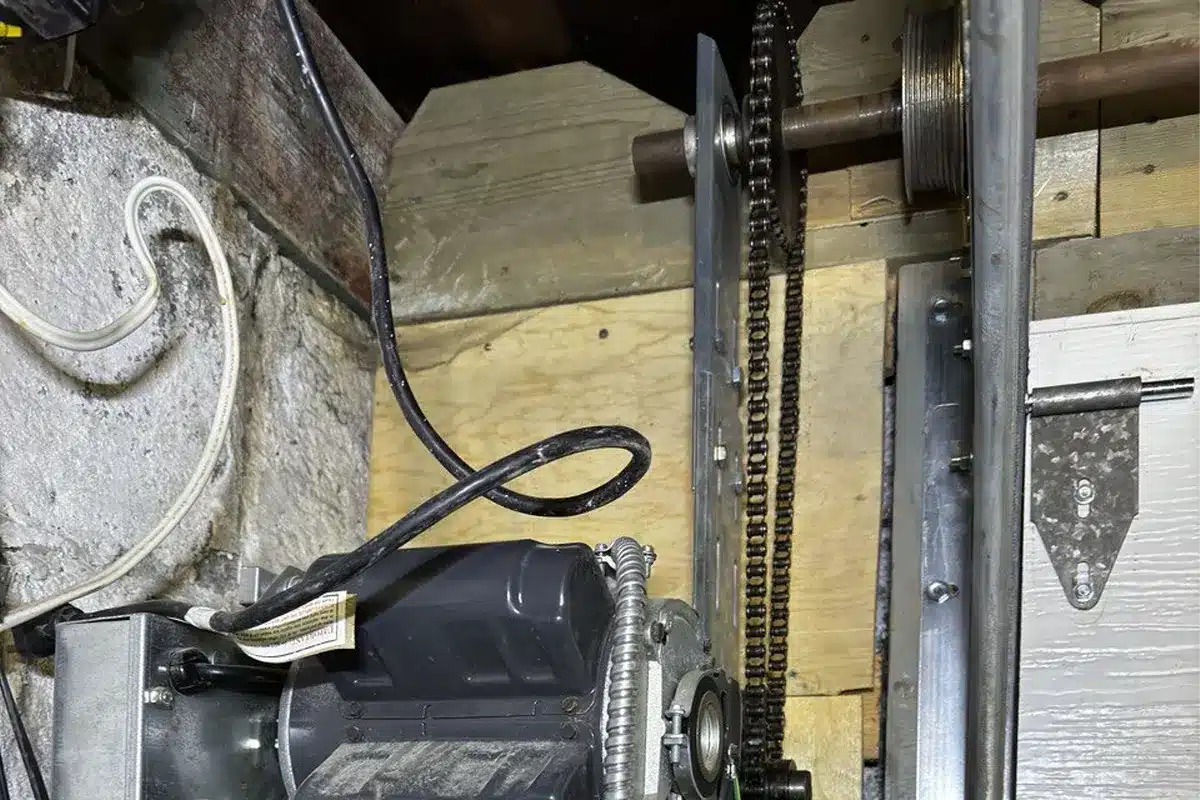
How to Prepare Your Garage Door for A Winter in Canada
When the first snowflakes start to fall and the temperature drops, most of us in Canada know it’s time to pull out the winter boots, check the furnace, and get the snow shovels ready. But there’s one part of the house that often slips our minds until it’s too late: the garage door.
Why winter impacts garage doors
Winters in Canada are famous for their intensity. Between freezing rain and that heavy snow, your garage door really takes a beating. All that cold can make seals crack, metal parts stiffen, and openers work harder than they should. If we don’t give our garage doors a little attention before the deep freeze sets in, we might find ourselves stuck on the coldest morning of the year, watching our heating bills climb as warm air escapes.

Step 1: Inspect weatherstripping and seals
The first thing we want to check is the weatherstripping and the seal along the bottom of the door. These are our main defense against drafts, snow, and even the occasional critter looking for a cozy spot. Close your garage door and take a good look at the rubber seal and the weatherstripping around the edges. If you spot any cracks, brittle spots, or places where daylight sneaks through, it’s time for a replacement. You can always reach out for garage door repair in Montreal if you’re unsure whether a seal needs replacing. A small gap can let in cold air and moisture, making your garage less comfortable and possibly damaging anything you store inside.
Swapping out weatherstripping is usually a straightforward job, but if you’re not sure how to do it, a professional can make sure everything fits just right. A tight seal keeps the cold out and also helps your garage door run more quietly and efficiently.

Step 2: Lubricate moving parts
Cold weather can make metal parts contract and stiffen, which leads to squeaks, groans, and sometimes even jams. That’s why it’s so important to lubricate your garage door’s moving parts as part of your garage door winter preparation. To avoid costly breakdowns, regular garage door maintenance and repairs are highly recommended before winter hits. Focus on the springs, rollers, hinges, and tracks. We recommend using a high-quality, silicone-based lubricant made for garage doors, these work well even when it’s freezing outside and won’t attract dust or grime. Try to avoid heavy grease or WD-40, since those can thicken up in the cold and actually make things worse.

Step 3: Test sensors and openers
While you’re at it, listen for any odd noises when the opener runs. If the motor sounds strained or the door hesitates, it might be time for a tune-up. Taking care of these things now can save you from bigger headaches down the road. Explore our garage door opener repair services if you’re hearing odd noises or struggling with performance.

Step 4: Check insulation
A well-insulated garage door can make a world of difference in winter. It helps keep your garage warmer and, as we mentioned earlier, also cuts down on energy costs while protecting anything you store inside from the cold. If your garage door is already insulated, take a moment to check the panels for any damage or gaps. If you have a non-insulated door, you might want to think about adding insulation panels or even upgrading to an insulated model. Many newer garage doors come with built-in insulation that’s both effective and looks great. If you’re considering an upgrade, check out our garage door installation services to explore modern, insulated models.
Book a winter check-up
If you’re not sure where to start, or you just want the peace of mind that comes with a professional touch, we’re here to help. At Unique Garage Doors Montreal, we can inspect, lubricate, and test every part of your garage door system, making sure it’s ready for whatever winter brings. Don’t wait until you’re stuck in the cold, book your winter garage door check-up online and enjoy a warm, worry-free season. We also offer emergency garage door repair in Montreal for unexpected breakdowns, even during storms.
A little preparation now can save you a lot of trouble later. By following these steps, you’ll have your garage door ready to face the winter in Canada, keeping your home cozy, your car protected, and your mornings running smoothly. Stay warm out there!
Frequently Asked Questions
How does cold weather affect garage doors?
When the temperature drops, metal parts can contract, making your garage door harder to open and close. Lubricants can thicken, springs may become brittle, and seals can crack, letting in drafts and moisture. Electronics like openers and sensors might also be less responsive in extreme cold. That’s why regular maintenance and a little garage door winter preparation go a long way.
What type of lubricant works best for freezing temperatures?
For winters in Canada, we always recommend a silicone-based garage door lubricant. It stays flexible and effective even when it’s really cold, doesn’t attract dust, and is safe for all the moving parts. Try to steer clear of heavy greases or all-purpose sprays like WD-40, since they can gum up and cause more problems in the cold.
